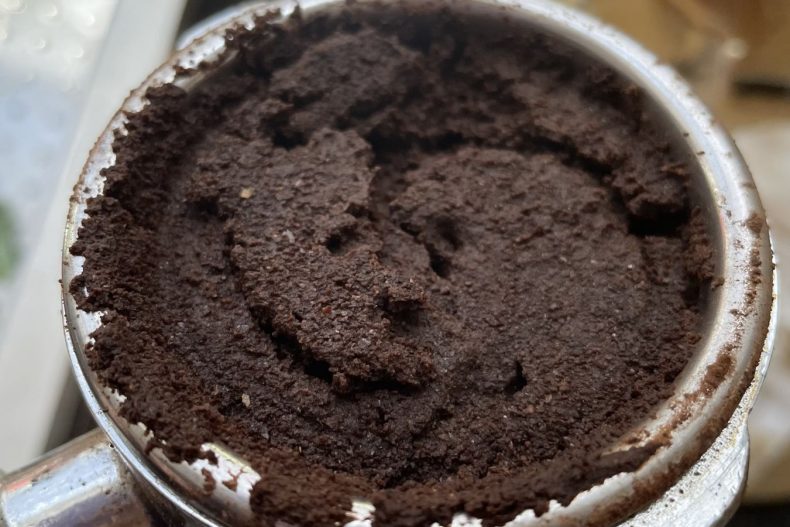
Channeling – i.e., “saving channels” or “separating channels” is something that many people in the coffee industry often refer to when talking about Espresso coffee. We try to avoid it, but it can be challenging unless you know where the culprit comes from. So, let’s look at what it is, why it’s so bad, how to spot it, and most importantly, how to avoid it.
What is channeling?
In a nutshell – That’s when, under the pressure of the espresso machine, the water finds a narrow passage, or circuit, through the coffee grounds instead of flowing through the entire mass evenly.
This causes many problems because, under high flow pressure, the water concentrates on following the available “channels” & picks up too many unnecessary flavors while leaving a lot of flavors in the channels. Other areas cause the extract to lose its inherent balance.
Get to know the channel.
How will you know when you have a channel problem? First, you must use a bottomless filter (naked-portafilter or Bottomless Portafilter). There are a few markings to look out for, and they’re easiest to spot by looking at the underside of the filter basket.
If the first drops of Espresso come out in some areas and leave empty rooms – you are experiencing channeling. As such, expect to see coffee drops starting at the edge and flowing into the basket’s center in a single stream – leaving no voids.
Cause and fix
Now that we know how to detect threading, what can we minimize or avoid altogether? First, ensure that you use a “reasonable” recipe when making Espresso. Working with too finely ground coffee can often lead to an increased drain rate, possibly due to the substantial drag caused by denser areas of the coffee bed.
By ensuring each Espresso shot is pulled in a ratio between 1:1 and 1:2.5 and in a time frame of 20-35 seconds, you can ensure that you don’t make things worse with channeling.
Finally – and most importantly, stemming from uneven distribution of coffee in the portafilter or due to rough ground coffee. This content deserves a separate article to clarify everything involved. You can see the technical manipulations when making Espresso to learn more about the consequences and how to fix them.
